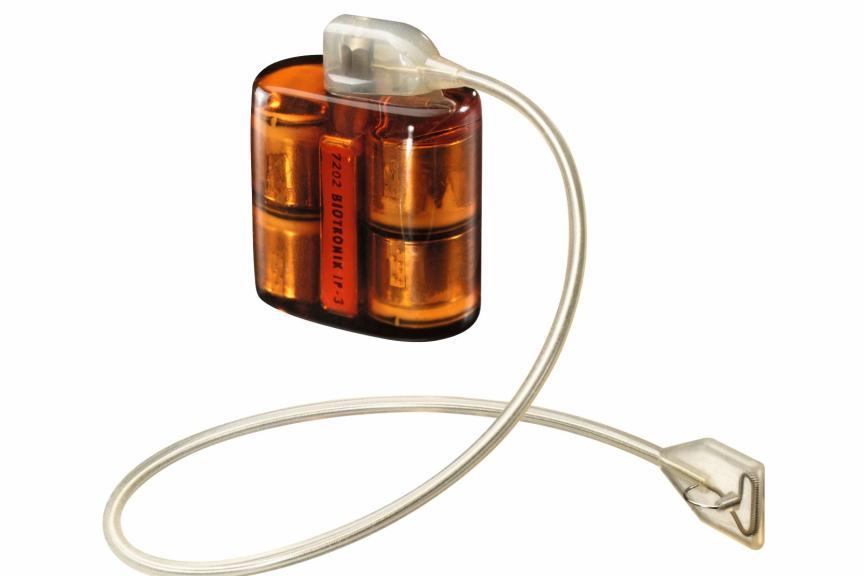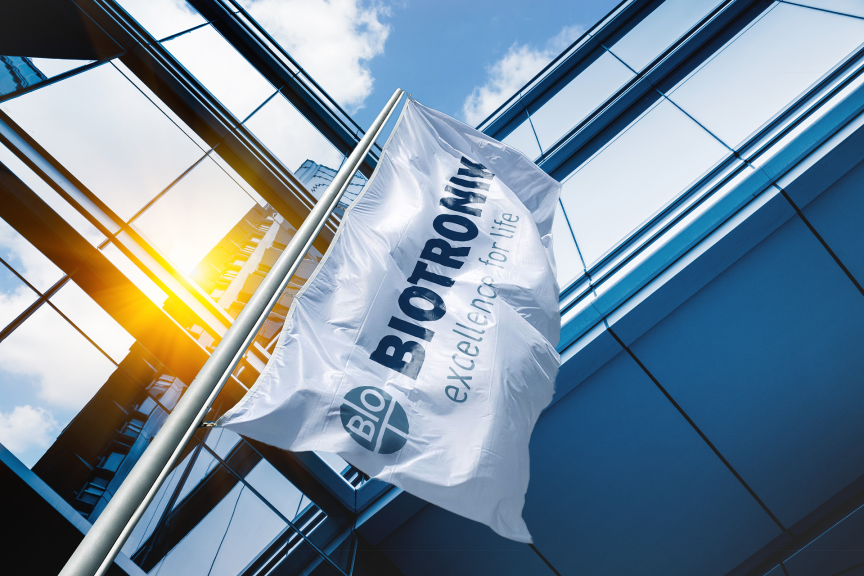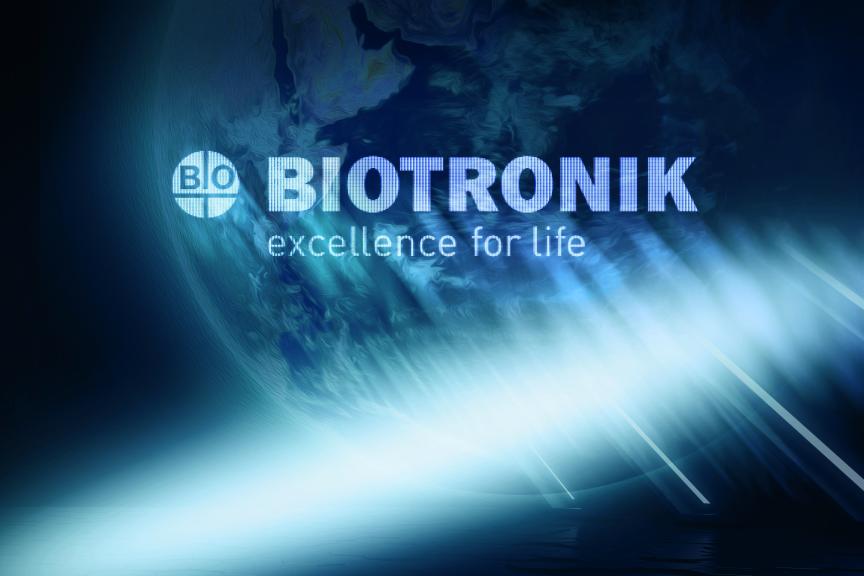60 Years of Saving Lives – How the BIOTRONIK Mission Began

For six decades, we’re proud of having served physicians and healthcare providers to save lives in over 100 countries, with millions of implanted devices. In the first part of our series on 60 years of BIOTRONIK, we share how one idea has shaped healthcare for generations.
It started in 1963 when physicist Max Schaldach and Otto Franke developed the first German pacemaker. Max Schaldach, who was an engineering student at the time, also had a passion for medicine. In 1961, he brought his physics expertise to a working group on experimental cardiovascular surgery.
Otto Franke, an electrical engineer with a knack for building his own radios and other electrical devices out of components he sourced himself, was the perfect partner for the job. But that doesn’t mean it was easy.
The Quest to Build a German Pacemaker to Last
In the early 1960s, pacemaker technology was still in its early stages globally. Earlier models suffered from a host of issues that made their use, in many ways, impractical. For example, pacemaker batteries of the time only lasted around a year with many failing much sooner than that. Early pacemaker lead materials could also be difficult to work with.
With their diverse backgrounds Schaldach and Franke understood these challenges. They weren’t simply working to bring Germany its first pacemaker. They wanted to create a pacemaker that went beyond the models of the day – one that would last longer and have more practical application in clinical practice. Franke worked with the Heinrich Hertz Institute to help the pair access state-of-the-art materials, including transistors that could help the pacemaker consume less energy.
They often worked from early evening until the early hours of the morning. Their persistence soon paid off with their first model.
The First Implantation and the Birth of BIOTRONIK
In late 1963, after extensive testing with successful outcomes, Dr. Emil Sebastian Bücherl and his assistant Ingrid Wittenburg implanted Schaldach and Franke’s device in a human patient for the first time. With all eyes on the patient’s monitor, they eagerly waited to see what kind of ECG would show up. The curves were perfect. The patient’s ECG was normal, showing a heart that was beating at the right rate. The implanted pacemaker was working.
Leading Innovation and Growth
Not only had Schaldach and Franke successfully developed Germany’s first pacemaker, but they had also accomplished their original goal of making a better pacemaker. Their IP-3 model used less energy than its competition and was a full 15 grams lighter.
For several years after, Schaldach and Franke continued to work out of Franke’s home in West Berlin. Eventually, in 1967, they opened their new offices and began looking for more customers.
One of their first trips was just over the Berlin Wall, to the renowned Charité Hospital in East Berlin’s central district. Before long – and very unusually for a western firm – BIOTRONIK became a main pacemaker supplier to the Charité and several other East German hospitals. It wasn’t without its challenges for the now Dr. Schaldach, who took the lead on communicating with customers, had to apply for a visa every time he crossed the border.
Into the 1970s: From Humble Beginnings to International Success
Dr. Schaldach’s trips to East Germany marked but the first chapter of BIOTRONIK’s international expansion. In 1973 – ten years after its first implantation – BIOTRONIK employed 24 staff, mostly in the production teams Franke taught and oversaw, before beginning to hire its first sales team.
Just three years later, BIOTRONIK would open its first international branches in both Austria and France. Before the decade was out, by 1979, they had added the United Kingdom and Ireland branches. It would prelude the rapid international expansion in the 1980s – including the large and influential United States market.
We remain proud of our origins, and to continue Dr. Schaldach’s and Franke’s commitment to rigorous research that challenges the status quo and improves the cardiology field in service of patients worldwide.


